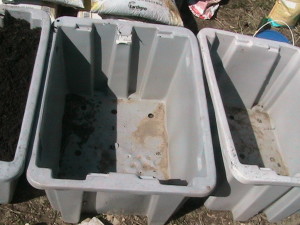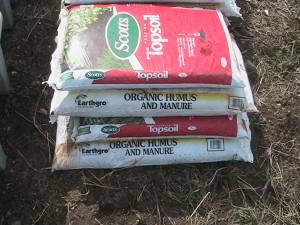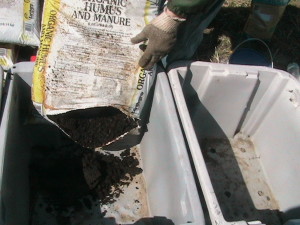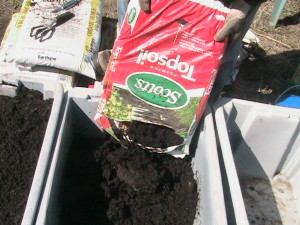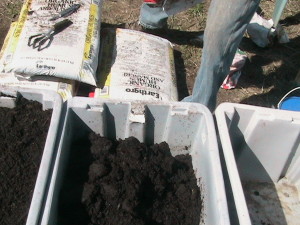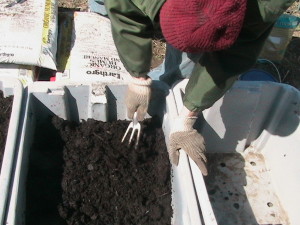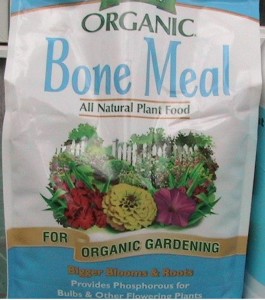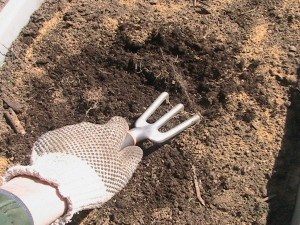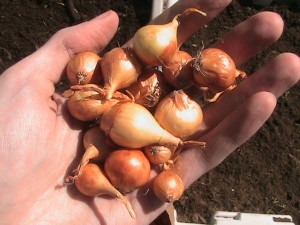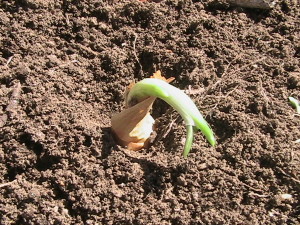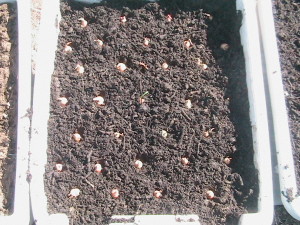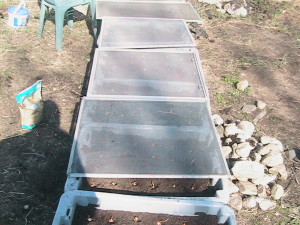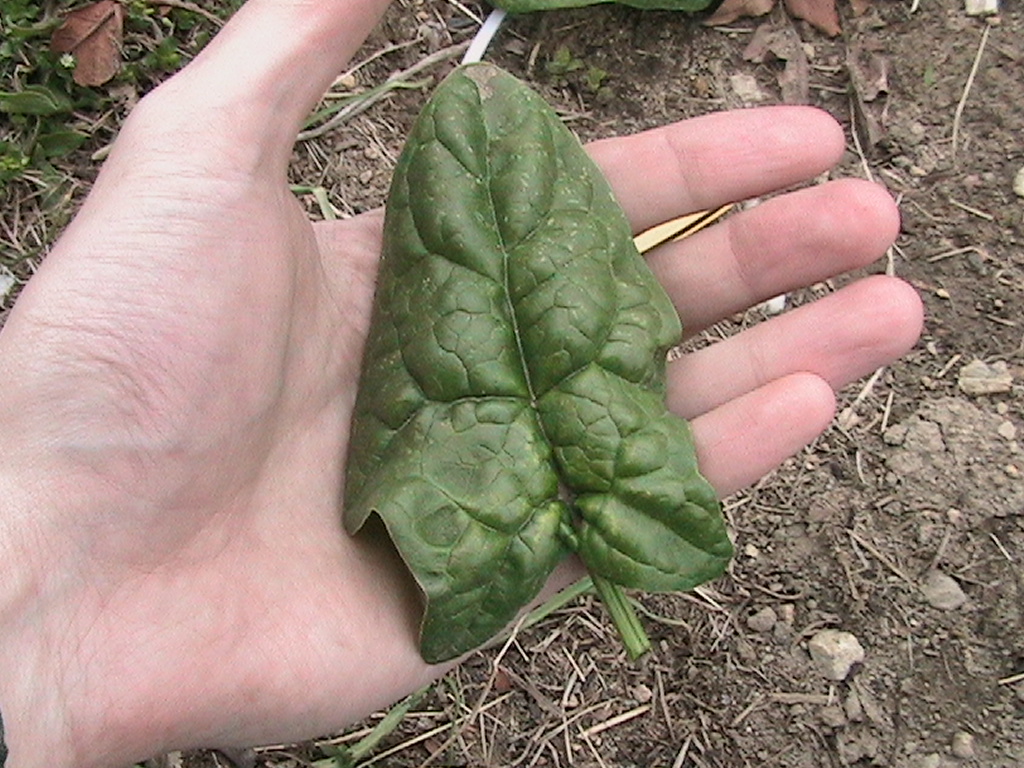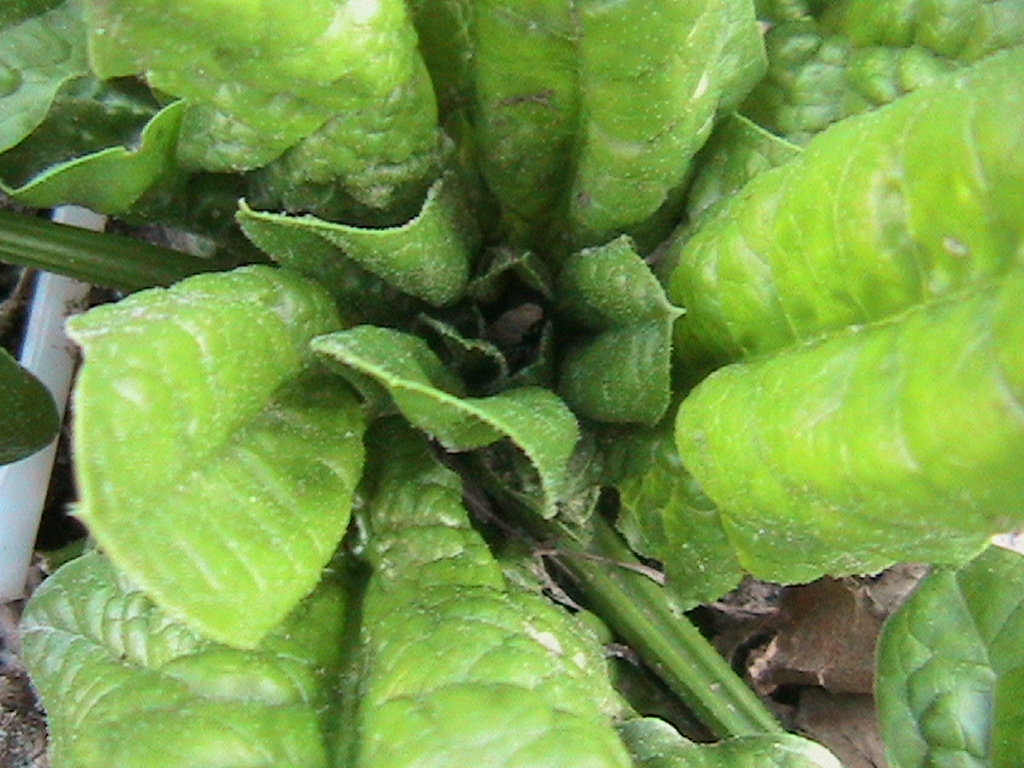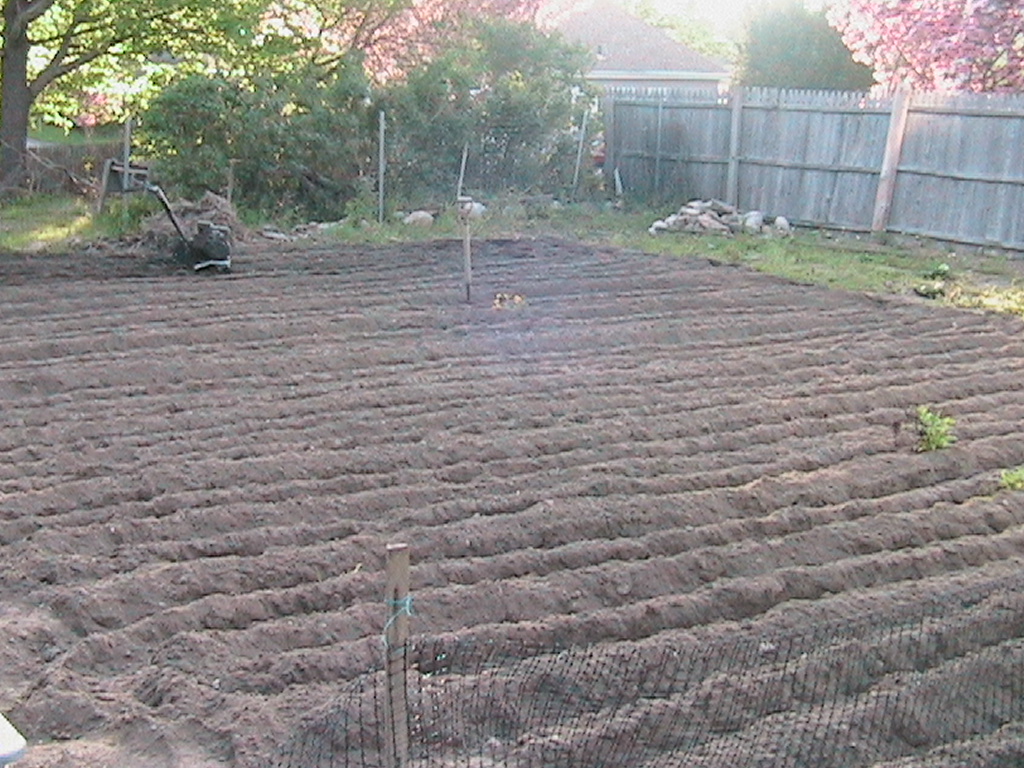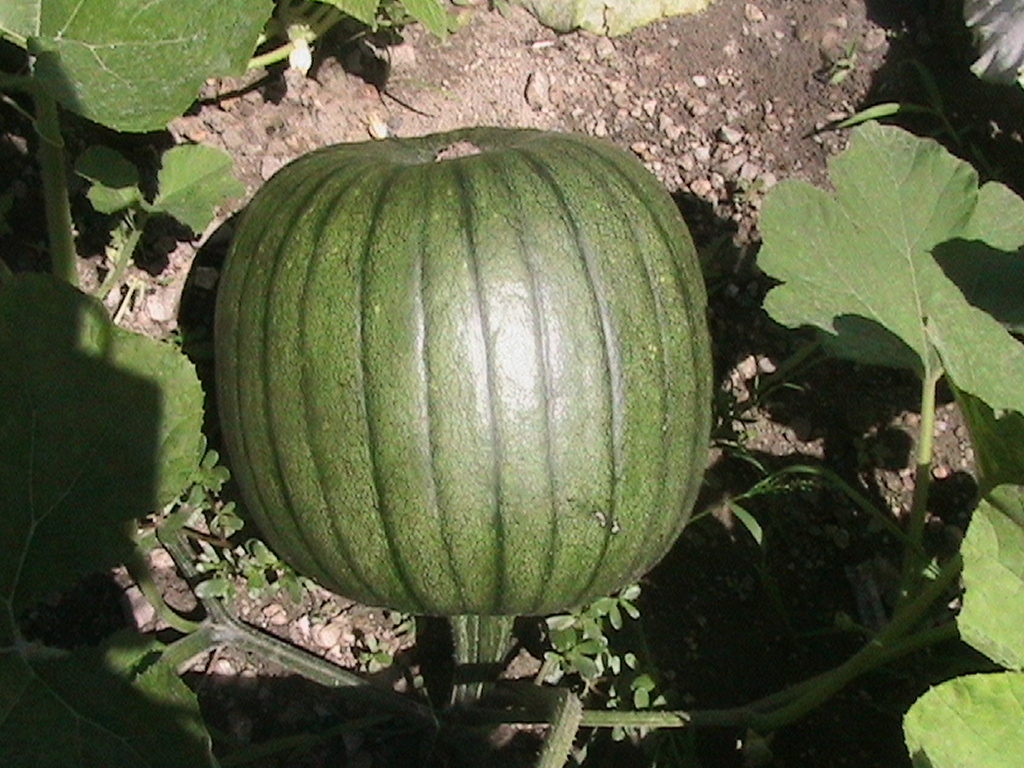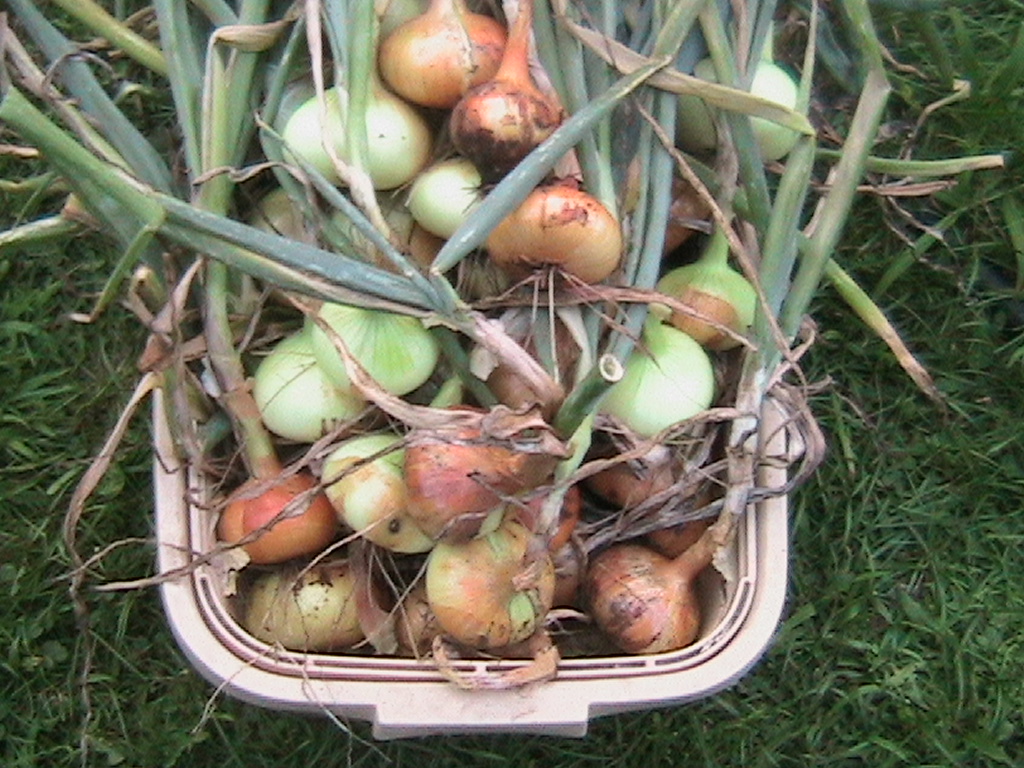Onions: Better Late Than Never
Last updated onToday I want to discuss how I plant my onions and what I think the best way that you can easily increase your yield with a simple to use method. Instead of planting them in the ground I use large totes that hold enough soil for these plants to thrive and grow to a reasonable size. I have been using this method ever since I started gardening and it has worked every year.
Now normally I wouldn’t wait to mid April to start planting them in the totes. It is best to grow them the first of April which is what I have been doing for the many years of gardening. This year I guess I happened to forget about them and didn’t realize it until a couple of days ago.
Luckily mid April is probably as far as you would want to go into the season for growing onions. With the weather still cool and wet these plants will be able to thrive as long as you provide them with the nutrients they need whether in a tote or in the ground.
The totes I use measure 27”x21”x14” and about four bags of dirt can be placed in each one. You can probably find similar totes at any store that sells large bins similar to these. I also drill 9 large holes using a 7/8” wood drill bit on the bottom of each one to allow for plenty of drainage and aeration throughout the year.
Once I have set up my totes it is then time to place the proper kind of soil into each one. What I like to use is a layered system that allows for the perfect amount of manure and topsoil. I like to use Scott’s Premium Topsoil and Scott’s Organic Humus and Manure for the layering process. In the picture below it shows Earthgrow Organic Humus and Manure, but I normally use Scott’s because it has 300% more N-P-K (Nitrogen, Phosphorous, and Potassium).
This is how I would layer the soil in each tote. Place one bag of organic humus then add a bag of topsoil and so on until you have filled up the tote with these four bags. I like to break up the clumps of dirt that I find so that the onions will be able to absorb nutrients easily and their roots will grow correctly.
Here are large clumps of dirt that need to be broken up.
Breaking up large clumps of dirt.
Now that you have filled each tote with the amount of soil needed it is time to add some bone meal into the mix. I like using Espoma Bone Meal with all my plants because it has a very high phosphorous to nitrogen ratio. High phosphorous and low nitrogen is what I look for when I shop for the correct bone meal for my garden. This will encourage root growth and increase the strength and vitality of them during the beginning stages of growth when it is most crucial for them.
Using about a small shovel full of bone meal you can place it right on the top of the soil. I then mix it in with the dirt making sure that you don’t see any bone meal on top of the soil. If you still see some bone meal that is not a problem because when you water it or when it rains it will go down the soil and the onions will absorb it.
Using onion bulbs is the best way for growing onions during the springtime because they are much easier and mature much quicker. I get about a couple of pounds which will usually fill about seven of these totes. You can locate bulbs in your area by going to a local garden store. They should sell bulbs in most of these stores and they only cost a couple of dollars for two pounds of them.
I then take my onion bulbs and plant them in the totes by placing the large bottom side down. I press them lightly into the soil making sure that the tips stick out of the ground because this is where the stem of the plant will sprout from. Some bulbs that you purchase may already be growing a green stem and you can easily plant them like any other onion bulb. This one will just have a head start over the others.
Here is an example of an onion sprouting before being planted in the soil. This is what all your onions will look like in a couple of weeks.
I then give them a good soaking because they love wet and cold conditions which is perfect in the beginning of April or the end of March. I also like to use old screens to cover them because the birds sometimes like to pull them out of the soil.
This is how I grow my onions every single year and has been effective for me ever since my dad showed me this simple technique.

